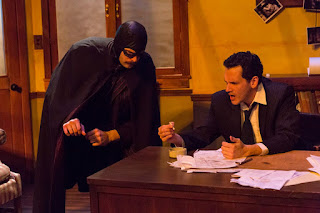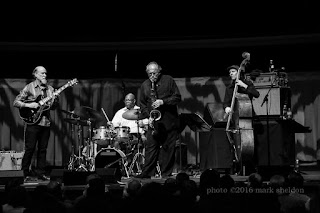Recorded in central Indiana using a host of Hoosier musicians, "Steal Away" showcases an adept jazz singer, Erin Benedict

Secure singing from a jazz vocalist has to rely more than pulling tricks out of a bag. There's security of intonation, for one thing. Then a feeling for rhythm that doesn't require adherence to the accompaniment, but always knows its place in relation to it. Singer Erin Benedict and pianist Gary Walters. This is what is available from Erin Benedict on "Steal Away," a disc recorded last year in Alexandria at the Gaither Studios (Straight Tone Music). The accompaniments have a quartet core, led by Gary Walters at the piano. Arrangements take in a string orchestra and a big band, sometimes in combination. There are flavorful sax solos along the way by Michael Stricklin. The singer has a degree from the Manhattan School of Music and, while in New York, found work as a backup singer. Now in Indianapolis with her family, she can frequently be heard in Second@Six presentations at Second Presbyterian Church. That's where I first encountered her two years ago in a












